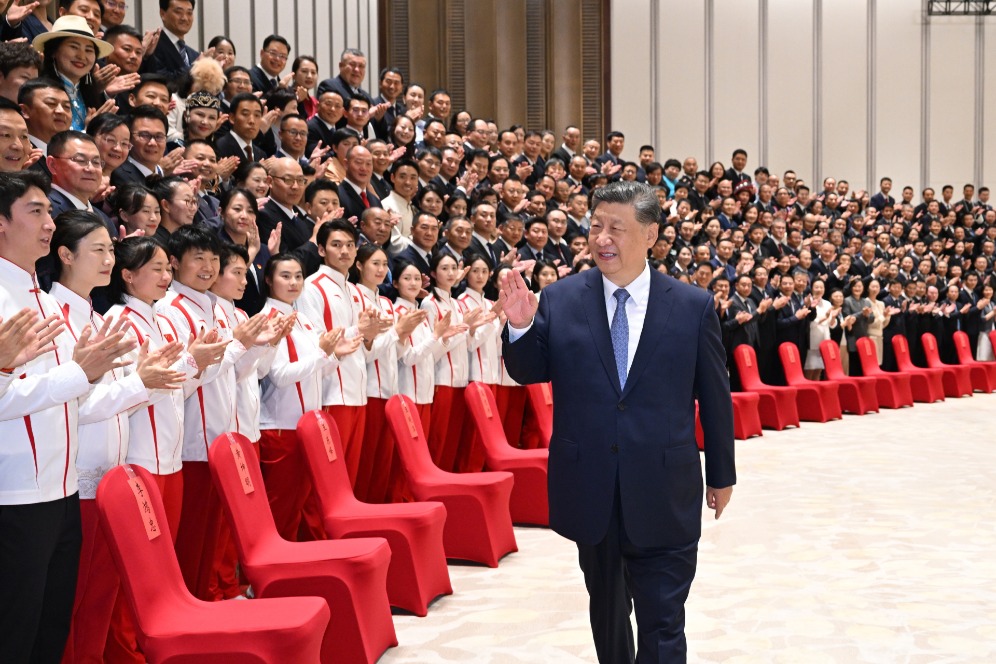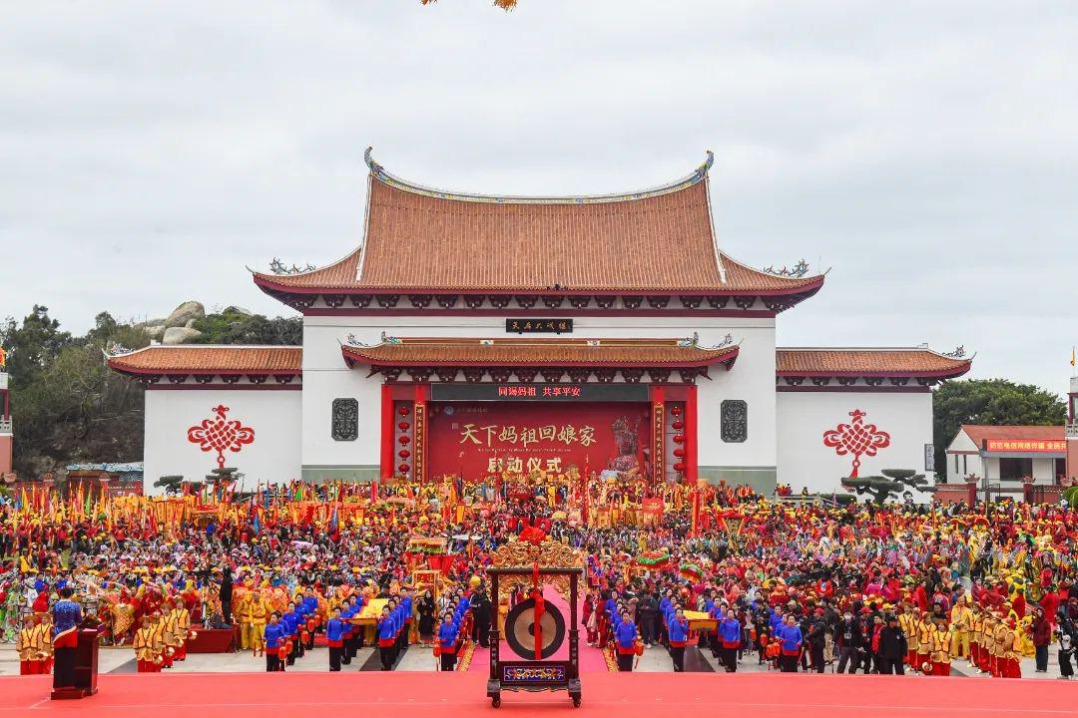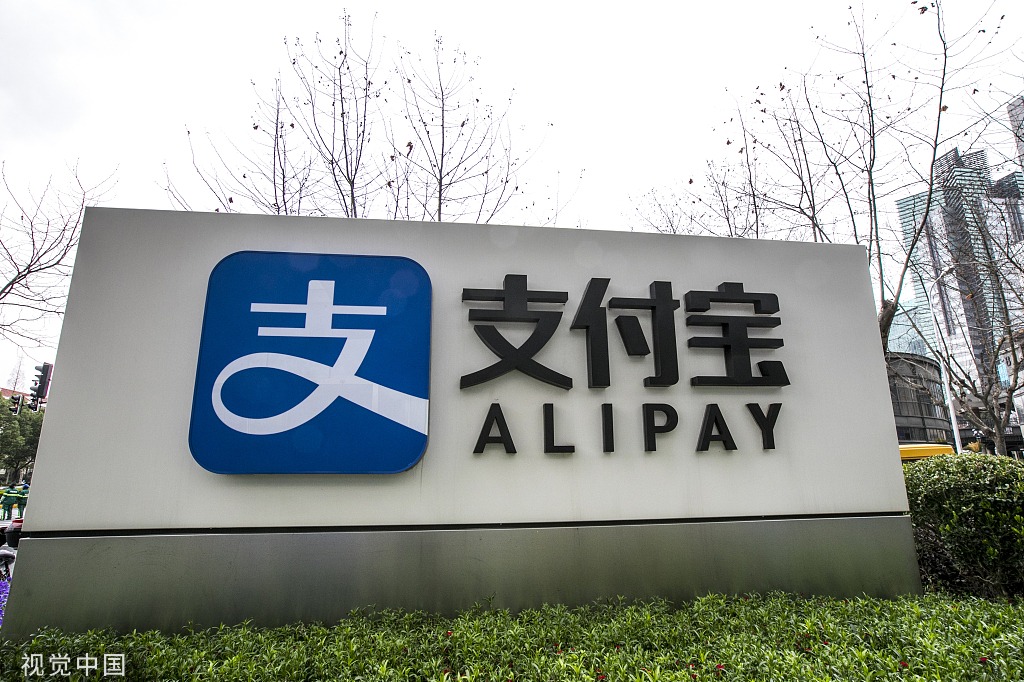Invested in the future
Chinese infrastructure projects in Latin America and the Caribbean have increasingly been in renewable energy sector

Chinese infrastructure projects in Latin America and the Caribbean have increasingly been in renewable energy sector

The socioeconomic relationship between China and the Latin American and Caribbean countries has deepened substantially in the 21st century and particularly since the launch of China's Belt and Road Initiative in 2013 in any imaginable field: bilateral and regional institutions, exchanges between political parties, business organizations, educational and academic institutions, as well as through Confucius Institutes from the Malvinas to Tijuana. In the economic field, for example, in 2022, the total trade volume between China and the Latin American region reached $485.79 billion, exceeding $450 billion for the second consecutive year, and an increase of more than 7 percent over 2021. China has been the region's second-largest trading partner since 2014. China's outbound foreign direct investment to LAC increased from levels close to 1.44 percent of total OFDI in the period 2000 to 2004 to 8.81 percent from 2020 to 2022.
The Academic Network of Latin America and the Caribbean on China (Red ALC-China) recently published the latest edition of its annual Monitor of Chinese Infrastructure in LAC, highlighting the enormous relevance of China in infrastructure cooperation. According to regional institutions in the LAC, the region should be investing more than 5 percent of its GDP in infrastructure, but it was below 2 percent in the period 2015 to 2019 and fell even further after that as a result of the COVID-19 pandemic and the recent rise of international interest rates and pressures on social and infrastructure public spending. The Belt and Road Initiative's focus on interconnectivity and LAC's infrastructure gap presents enormous cooperation potential for both parties.
The Monitor analyzed in detail the recent Chinese infrastructure trends in LAC: The 228 effectively realized infrastructure projects by 2022 with an investment of $104.2 billion and creation of more than 721,000 jobs reflect the importance of this bilateral cooperation; in the most recent 2020-22 period, 90 infrastructure projects represented 36.89 percent of the amount of all Chinese infrastructure projects since 2005;and there has been an important increase recently. Acknowledging this important recent dynamism, financing restrictions in LAC might decrease infrastructure projects in the short run.
At least four trends are important to understand China's infrastructure projects in LAC until 2022.
First, while the number of infrastructure projects remained constant from 2020 to 2022, the amount per project declined substantially, from $457 million from 2005 through 2021 to $206 million in 2022; the generated employment has also fallen recently. This process is associated with important changes in new Chinese infrastructure projects in LAC in the more recent period, which has been in new sectors, increasingly in renewable energy.
Second, Chinese infrastructure projects in LAC have continued to diversify by country in the 21st century: Historically, Brazil was by far the largest recipient of these projects, but from 2020 to 2022 Argentina was the biggest recipient (with 37.63 percent of the amount of all projects), followed by Brazil (16.06 percent), Chile (13.71 percent), and Mexico (10.13 percent), which reflects this new trend. Employment generation by infrastructure project by country during the period 2020 to 2022 is also very heterogeneous: The average was 271 jobs per project for Peru, 959 for Mexico, and 4,756 for Brazil. This performance is important for the LAC-China cooperation and specific bilateral exchanges, i.e. China-LAC infrastructure cooperation presents specificities to be included in the future.
Third, sectorial changes in Chinese infrastructure projects in LAC explain several of the recent results. Between 2005 and 2009, the energy sector accounted for almost 80 percent of the amount of these infrastructure projects, but this dropped to 26.17 percent in the period from 2020 to 2022. The transportation sector has become the new pillar of Chinese infrastructure projects in the region, accounting for 62.86 percent of the amount and 84.37 percent of the employment from 2020 to 2022. At least as relevant is the importance of Chinese specialization in renewable infrastructure projects: Of the 77 energy projects in the period from 2005 to 2022,48 were hydroelectric, solar and wind power projects accounting for 41.48 percent of the amount of total Chinese infrastructure projects in the region. These renewable energy-related projects are capital intensive and generate less employment than other projects and reflect the general employment trends examined above. However, Chinese infrastructure projects in LAC have been able to fulfill LAC's demand for renewable energy and new transportation infrastructure.
Fourth, and finally, Chinese infrastructure projects in LAC are highly concentrated among a small group of companies: Five Chinese companies, namely China Communications Construction Company, Power Construction Corporation of China, China Railway Construction Corporation, China National Petroleum Corporation and China National Nuclear Corporation, accounted for 73 projects until 2022 and for 52.81 percent of the total amount and 65.34 percent of generated employment from 2020 to 2022. The issue is of the utmost relevance for the China-LAC cooperation in terms of bilateral and regional negotiations on issues of common interest, such as technology transfer, relations with national or local suppliers and environmental issues, among others. Concentrating on these companies would allow an effective improvement in the quality of the China-LAC cooperation.
The exponential growth in the 21st century of Chinese presence in LAC and other parts of the world has been accompanied by modernization and improvement in the quality of the cooperation. Academics, business organizations and respective public sectors in LAC and China should strive to improve the modernization of bilateral and regional China-LAC institutions to counter new international challenges in development and in each of the specific fields of China-LAC cooperation.
The author is a professor at the National Autonomous University of Mexico and coordinator of the university's Center for Chinese-Mexican Studies. The author contributed this article to China Watch, a think tank powered by China Daily.
Contact the editor at editor@chinawatch.cn.


































